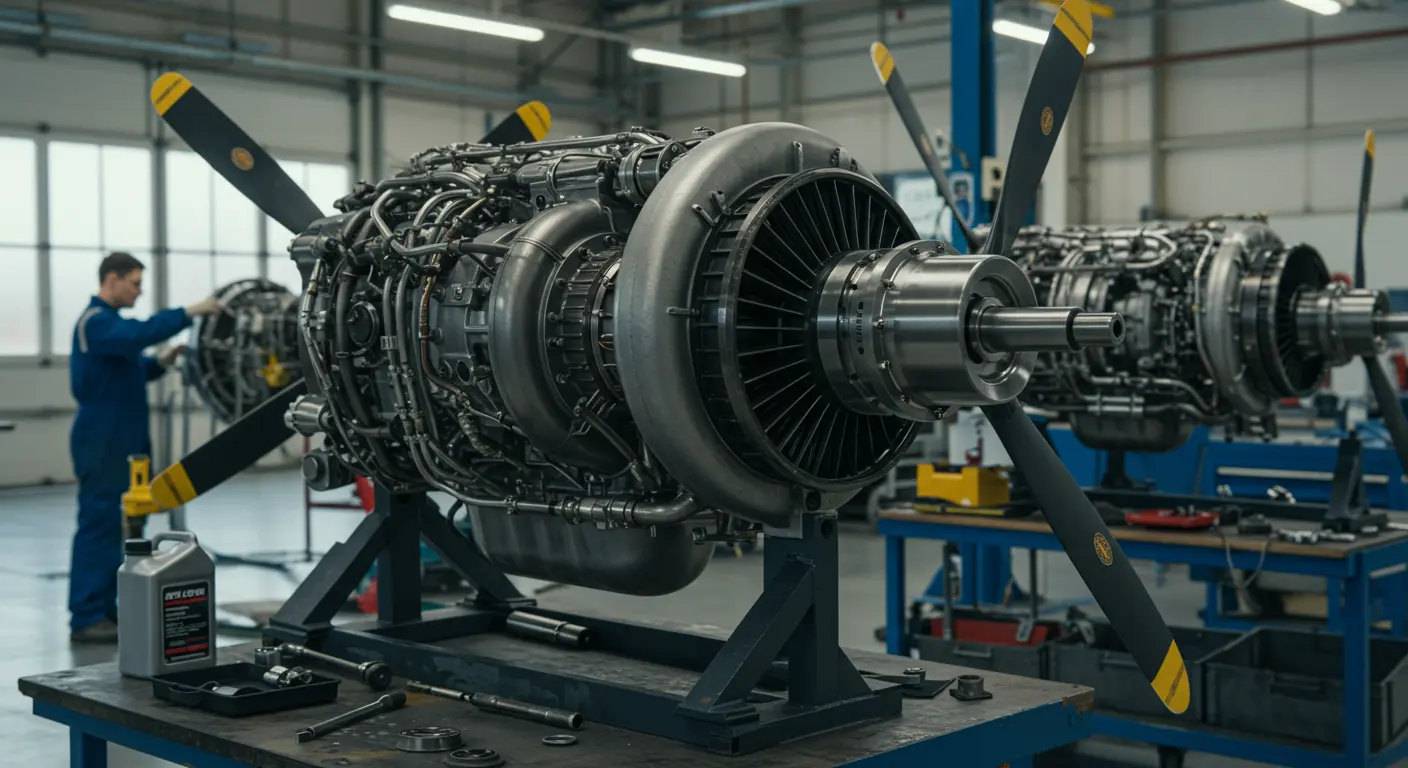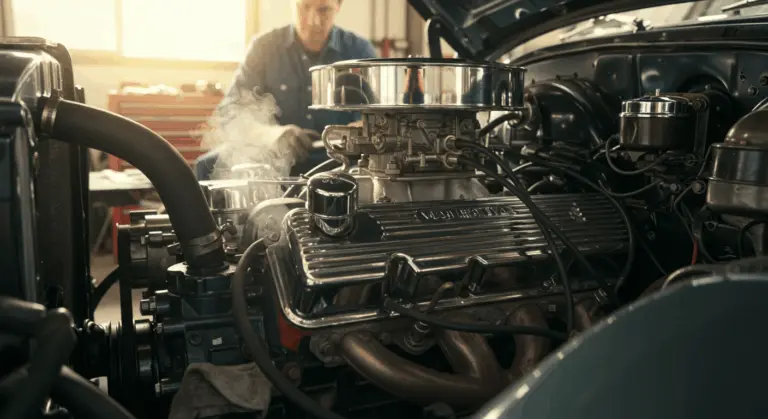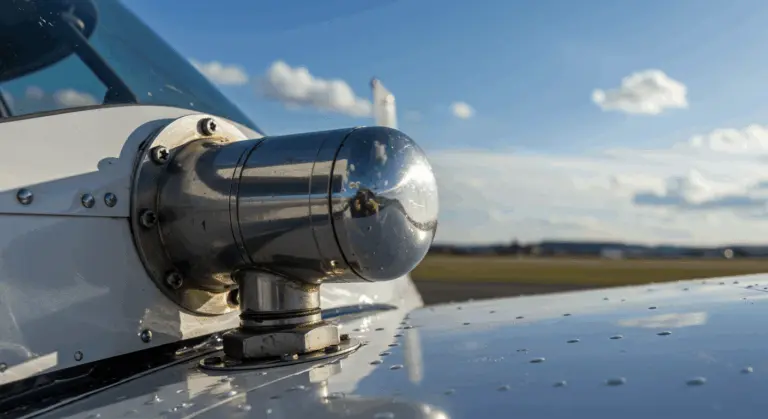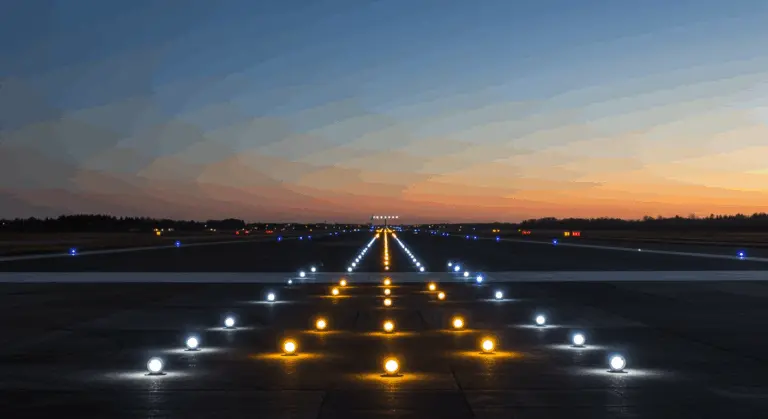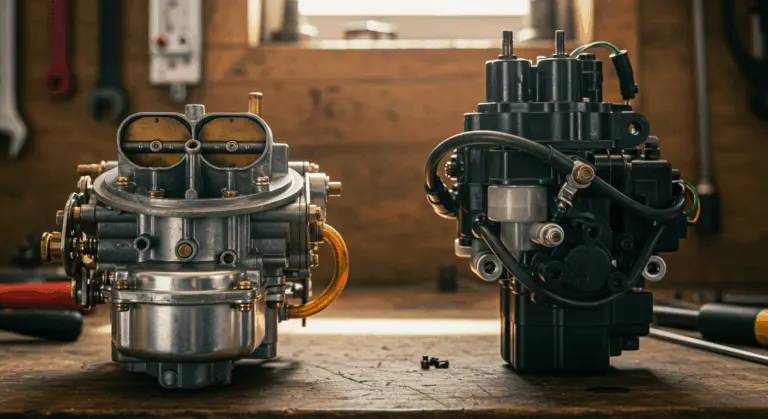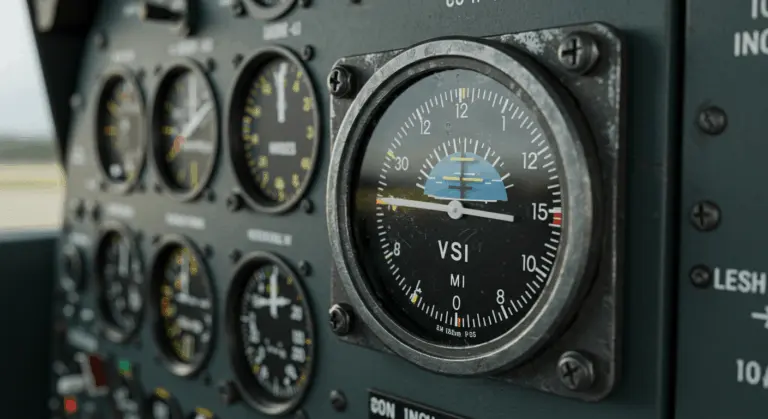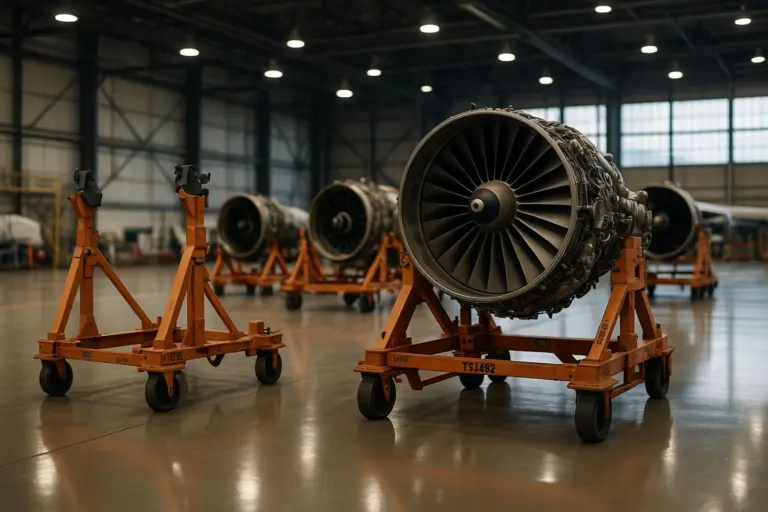Turboprop Engine – Comprehensive Guide
What is a Turboprop Engine?
A turboprop engine combines of gas turbine technology and propeller-driven efficiency. It uses jet engine principles while driving an aircraft propeller, making it perfect for certain aviation applications.
At its core, a turboprop integrates several essential components:
-
Intake
-
Compressor
-
Combustor
-
Turbine
-
Reduction Gearbox
-
Propelling Nozzle
The operational cycle begins as air flows through the intake and undergoes compression. Fuel injection and combustion follow, with the resulting superheated gases expanding through the turbine to extract maximum energy. The key difference is this: while only a fraction of this power sustains the compressor, 85-90% flows to the propeller via the reduction gearbox.
Unlike pure jet engines, a turboprop generates thrust primarily through its propeller displacing massive volumes of air—not from exhaust velocity alone. This combination offers: the mechanical reliability of jet technology married to propeller efficiency. They work best at Low to mid-altitudes and speeds below Mach 0.6 (roughly 725 km/h), where they excel.
Core Components of Turboprop Engines
Multiple critical components work together within turboprop engines, each one important in transforming fuel into propeller-driven thrust.
At the center of every turboprop lies in its core engine—essentially a turbojet in disguise. This includes the compressor, combustion chamber, and turbine sections working together.
What makes a turboprop different? Its reduction gearbox—a complex piece of engineering that bridges the gap between turbine and propeller. This system reduces the turbine’s ferocious 30,000+ RPM rotation, to a more manageable 1,500-2,500 RPM to the propeller.
Other essential components include:
-
Turbine and Compressor Housings: Contain and direct hot gases and air.
-
Center Housing: Supports the engine’s rotating assembly.
-
Backplate: A key structural component that maintains engine integrity.
-
Bearings and Oil Systems: Provide critical lubrication and cooling.
How Turboprop Engines Work
Advantages of Turboprop Engines
Turboprop engines offer several key benefits that make them indispensable:
-
Fuel Efficiency: These engines consume 10-60% less fuel per seat-mile than jets on shorter routes, particularly below 725 km/h.
-
Operational Flexibility: Requiring 30-50% shorter runways opens doors to remote airstrips where jets simply cannot venture.
-
Reliability: Fewer moving parts and reduced vibration translate directly into lower maintenance demands and superior dispatch reliability compared to piston alternatives.
-
Performance: From impressive short-field capabilities to robust climb rates, turboprops excel across diverse altitude ranges.
-
Economic Value: Their combination of lower acquisition costs, fuel consumption, and maintenance needs results in significantly lower operating costs on regional routes.
Types of Turboprop Engines
Turboprop engines encompass diverse configurations, each designed for distinct applications and performance demands.
Free turbine engines dominate modern turboprop design. This design works well because the gas generator operates independently of the power turbine driving the propeller. This separation enables flexible operation and simplified starting procedures. Take the Pratt & Whitney PT6—with over 41,000 PT6A engines delivered since the 1960s, it’s one of the most successful turboprops ever built.
Single-shaft turboprops use a simpler design. Everything—compressor, gas generator turbine, and power turbine—shares one common shaft. While less prevalent today, this simpler design offers distinct advantages in specialized applications.
Turboprops are also categorized by power output:
-
Small (under 1,000 SHP): Power utility aircraft like the Cessna Caravan and Dasher Kodiak.
-
Medium (1,000-3,000 SHP): Used in versatile platforms such as the Pilatus PC-12 and Beech craft King Air series.
-
Large (over 3,000 SHP): Power regional airliners like the Dash-8-Q400.
Military turboprops are built for different requirements. These engines are built to handle harsh conditions, featuring enhanced systems for extreme altitude performance, foreign object damage resistance, and rapid power recovery capabilities.
Turboprop Aircraft Examples
From rugged single-engine workhorses to sophisticated regional airliners, turboprop engines power an impressive spectrum of aircraft across civilian and military applications.
Turboprops are used in multiple categories:
-
Single-Engine Champions: From the utilitarian Cessna Caravan to the luxurious Pilatus PC-12, showing their flexibility. Add the speed-focused Dasher TBM series, the backcountry-capable Quest Kodiak, and the sophisticated Piper M600.
-
Twin-Engine Workhorses: Regional aviation’s backbone includes the phenomenally successful ATR 42/72 series, the swift Bombardier Q400, and the legendary DHC-6 Twin Otter.
In business aviation, the Beech craft King Air family has been the leader for decades. This twin-engine family offers a great combination of comfort, performance, and operating economics. Meanwhile, military applications showcase powerhouses like the four-engine C-130 Hercules and specialized maritime patrol platforms.
Turboprop vs Turbojet Engines
| Feature | Turboprop Engine | Turbojet Engine |
|—|—|—|
| Primary Thrust | ~90% from the propeller moving a large air mass. | 100% from high-velocity exhaust gases. |
| Key Components | Includes a reduction gearbox and propeller. | Simpler core with no propeller or gearbox. |
| Optimal Use | Lower altitudes and speeds (< Mach 0.6). | High altitudes and high speeds. |
| Performance | Excellent short-field takeoff/landing; lower top speed. | Requires longer runways; capable of higher speeds. |
| Operating Costs | Lower for short-haul, regional routes. | Higher, but justified by speed on long-haul routes. |
Future of Turboprop Technology
Despite being a mature technology, turboprop engines keep improving. Progress comes from enhanced efficiency, environmental stewardship, and groundbreaking hybrid applications.
Key developments are changing turboprop development:
-
Better Efficiency: Advanced aerodynamics, refined combustion systems, and sophisticated electronic controls are improving fuel efficiency.
-
Environmental Benefits: New designs aim to reduce emissions significantly while embracing Sustainable Aviation Fuels (Says) compatibility.
-
Hybrid Systems: The integration of electric motors and batteries with turboprops could save significant fuel, often with the turboprop serving as an ultra-efficient onboard generator.
Take the PBS TP100 turboprop—shows what’s possible. This small, light engine targets smaller aircraft and unmanned systems, demonstrating how specialized development is expanding turboprop applications into emerging aviation sectors.
Regional air mobility faces mounting pressure to reduce environmental impact. This is where turboprops excel. Their inherent efficiency advantages at typical regional distances and altitudes position them as the optimal bridge between performance demands and environmental responsibility. As sustainable regional aviation takes center stage, advanced turboprops will be crucial.

